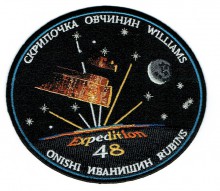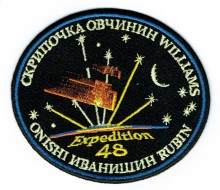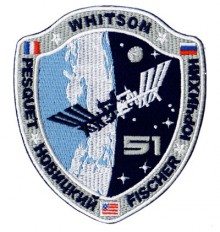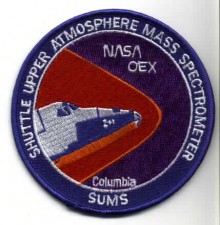The primary payload on STS-83 was the Microgravity Science Laboratory (MSL). MSL was a collection of microgravity experiments housed inside a European Spacelab Long Module (LM).
MSL featured 19 materials science investigations in four major facilities. These facilities were the Large Isothermal Furnace, the EXpedite the PRocessing of Experiments to the Space Station (EXPRESS) Rack, the Electromagnetic Containerless Processing Facility (TEMPUS) and the Coarsening in Solid–Liquid Mixtures (CSLM) facility, the Droplet Combustion Experiment (DCE) and the Combustion Module-1 Facility. Additional technology experiments were to be performed in the Middeck Glovebox (MGBX) developed by the Marshall Space Flight Center (MSFC) and the High-Packed Digital Television (HI-PAC DTV) system was used to provide multi-channel real-time analog science video.
The Large Isothermal Furnace was developed by the Japanese Space Agency (NASDA) for the STS-47 Spacelab-J mission and was also flown on STS-65 IML-2 mission. It housed the measurement of diffusion coefficient by shear cell method experiment, the diffusion of liquid metals and alloys experiment, the diffusion in liquid led-tin-telluride experiment, the impurity diffusion in ionic melts experiment, the liquid phase sintering II experiment (LIF), and the diffusion processes in molten semiconductors experiment (DPIMS).
- Log in to post comments





